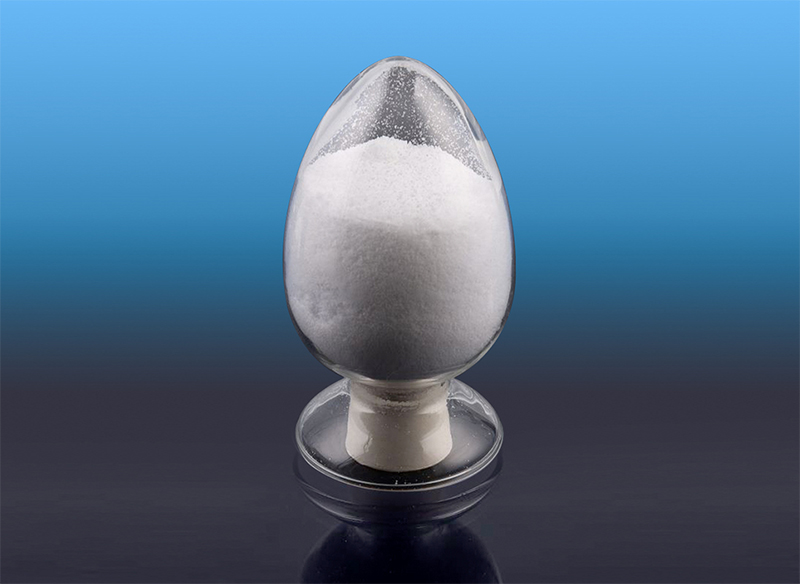How can reactive extrusion be used to enhance the adhesion properties and functionalization of SEBS in blends?
Reactive extrusion is a versatile processing technique that can significantly enhance the adhesion properties and functionalization of Hydrogenated Styrene-Butadiene Block Copolymer (SEBS) in blends. By introducing chemical reactions during the extrusion process, this method allows for better interfacial bonding, improved compatibility with other materials, and the incorporation of functional groups that can impart specific properties. Here’s a detailed explanation of how reactive extrusion works and its effects on SEBS:
1. Introduction of Functional Groups for Improved Compatibility
In reactive extrusion, specific functional groups can be grafted onto SEBS during the extrusion process, making it more compatible with polar materials such as polyamides, polyesters, or other engineering thermoplastics. This is particularly useful in applications where SEBS needs to be blended with materials that would normally show poor adhesion to it, such as:
Maleic Anhydride (MAH) grafting:
Maleic anhydride is commonly grafted onto SEBS to improve its compatibility with polar resins (e.g., polyamide, polyester, PVC).
The maleic anhydride group reacts with the hydroxyl, amine, or carboxyl groups of other materials, improving interfacial adhesion between SEBS and these materials.
This modification results in enhanced adhesion properties, making SEBS more suitable for applications like automotive parts, electrical cables, and coatings.
Grafting of epoxy, isocyanates, or silanes:
These reactive groups can be introduced into SEBS during extrusion to further improve adhesion to metals, glass fibers, or ceramic substrates.
This is particularly valuable in applications where SEBS is used in composite materials or adhesives, where strong bonding to substrates is crucial.
2. Enhanced Interfacial Bonding in Blends
By introducing reactive groups during the extrusion process, reactive extrusion promotes chemical bonding at the interface of the SEBS blend, leading to improved interfacial strength. This can be critical when blending SEBS with other polymers or materials that have a different chemical nature, such as:
Blending SEBS with engineering plastics (e.g., polyamide, polypropylene):
Reactive extrusion allows for the grafting of compatibilizers (such as maleic anhydride) to improve the interfacial adhesion and reduce phase separation in the blend.
This process improves morphology, leading to better tensile strength, impact resistance, and overall mechanical properties of the final product.
Incorporation of fillers:
Reactive extrusion can be used to improve filler dispersion in SEBS-based compounds. For instance, coupling agents like silane or titanate can be introduced during extrusion to improve filler-matrix adhesion, especially in fiber-reinforced SEBS composites or those containing nano-fillers.

3. Tailored Property Modifications
Reactive extrusion also allows the customization of SEBS properties to suit specific application needs:
Crosslinking:
In reactive extrusion, crosslinking agents (such as peroxides or isocyanates) can be introduced to enhance the thermal stability and mechanical properties of SEBS.
Crosslinking improves the shape retention and dimensional stability of SEBS in demanding applications such as automotive seals, gaskets, and adhesives.
Blending with other thermoplastic elastomers (TPEs):
Reactive extrusion facilitates the grafting of SEBS onto other TPEs, such as SEEPS (Styrene-Ethylene/Propylene-Styrene) or SBS, creating tailored elastomers with enhanced elasticity, abrasion resistance, and tensile strength. This opens new possibilities for wear-resistant applications like footwear or sporting goods.
Modification of SEBS for use in hot melt adhesives (HMAs):
Reactive extrusion can be employed to modify SEBS for HMA formulations, improving its adhesion to a variety of substrates (e.g., metals, plastics, and textiles).
This modification can enhance tackiness and adhesion strength, making the resulting SEBS-based hot melt adhesives more effective for industrial bonding applications.
4. Improved Processing and Efficiency
In addition to enhancing adhesion and functionality, reactive extrusion can also improve process efficiency:
One-step functionalization:
The ability to introduce chemical modifications during extrusion reduces the need for additional post-processing steps, making it a cost-effective solution for large-scale manufacturing.
This streamlined approach is particularly beneficial for industries such as automotive, electronics, and packaging, where high-throughput production is essential.
Better control over material properties:
The reaction kinetics during extrusion can be carefully controlled, allowing manufacturers to achieve specific performance characteristics (e.g., tensile strength, elasticity, hardness) based on the desired end use.
Polymer morphology can be tailored more precisely, leading to enhanced material uniformity and consistency.
5. Applications of React
ive Extrusion in SEBS
Reactive extrusion is used to modify SEBS for a variety of applications, including:
Automotive seals and gaskets: Enhanced adhesion to glass, metals, and other automotive materials.
Adhesive formulations: Improved bonding to various substrates, such as textiles, plastics, and metals.
Medical devices: SEBS is modified to improve biocompatibility and adhesion to medical-grade plastics.
Packaging materials: SEBS-based films and coatings with enhanced adhesion to substrates for food contact or protective packaging.
Electronics and wire coatings: SEBS modified for flame retardancy and adhesion to insulating materials.





